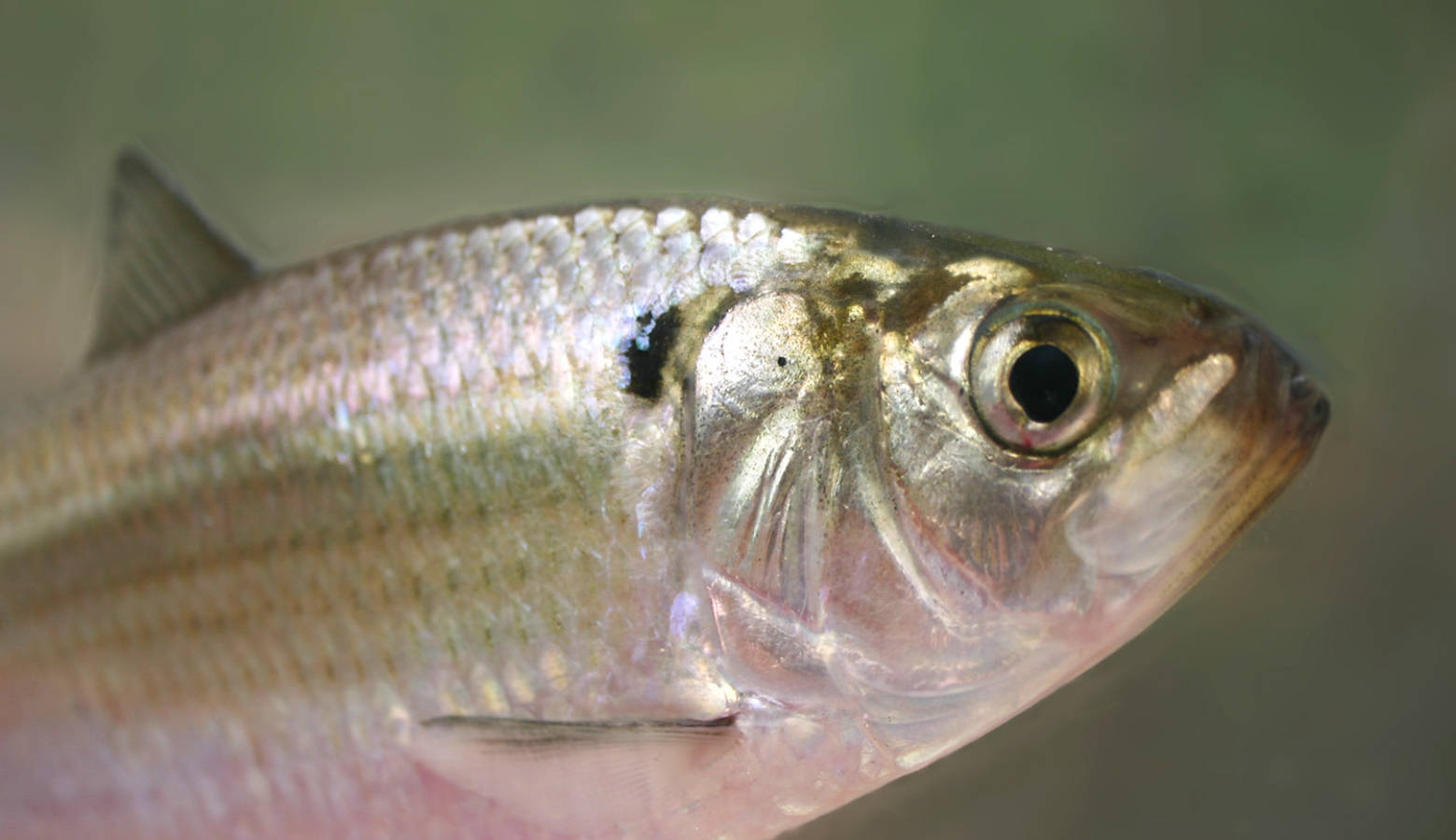Ball State Study: More Forests, Fewer Farms Led To More Ohio River Fish

Researchers are seeing more kinds of fish in the Ohio River than they were in the 1960s. A Ball State University study in collaboration with Virginia Tech says part of that may be due to less agricultural land bordering the river and more forests.
In some ways, the study isn’t surprising. The Environmental Protection Agency itself was created in 1970 and the Clean Water Act followed shortly after. Ball State biology professor Mark Pyron co-authored the report.
“I think there’s no question that the health of the river has improved and I think that’s because of the Clean Water Act largely,” he says.
But the study also shows a strong correlation between more forest land near the Ohio River and less agriculture. It says farms can often funnel excess nutrients and pesticides into nearby streams, hurting fish.
It’s a historical look, but the study does paint a hopeful picture of what the public can do to better the health of a river.
“That’s a positive thing that we can make those things happen,” Pyron says.
Pyron says the ecosystem in the river itself has changed quite a bit since the 1960s. He says dams placed along the river have likely affected the kinds of fish that thrive there.
Pyron says long term studies like this are rare and that we need more of them to examine the health of our country’s fish and other aquatic life.
Indiana Environmental reporting is supported by the Environmental Resilience Institute, an Indiana University Grand Challenge project developing Indiana-specific projections and informed responses to problems of environmental change.
